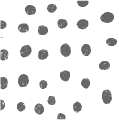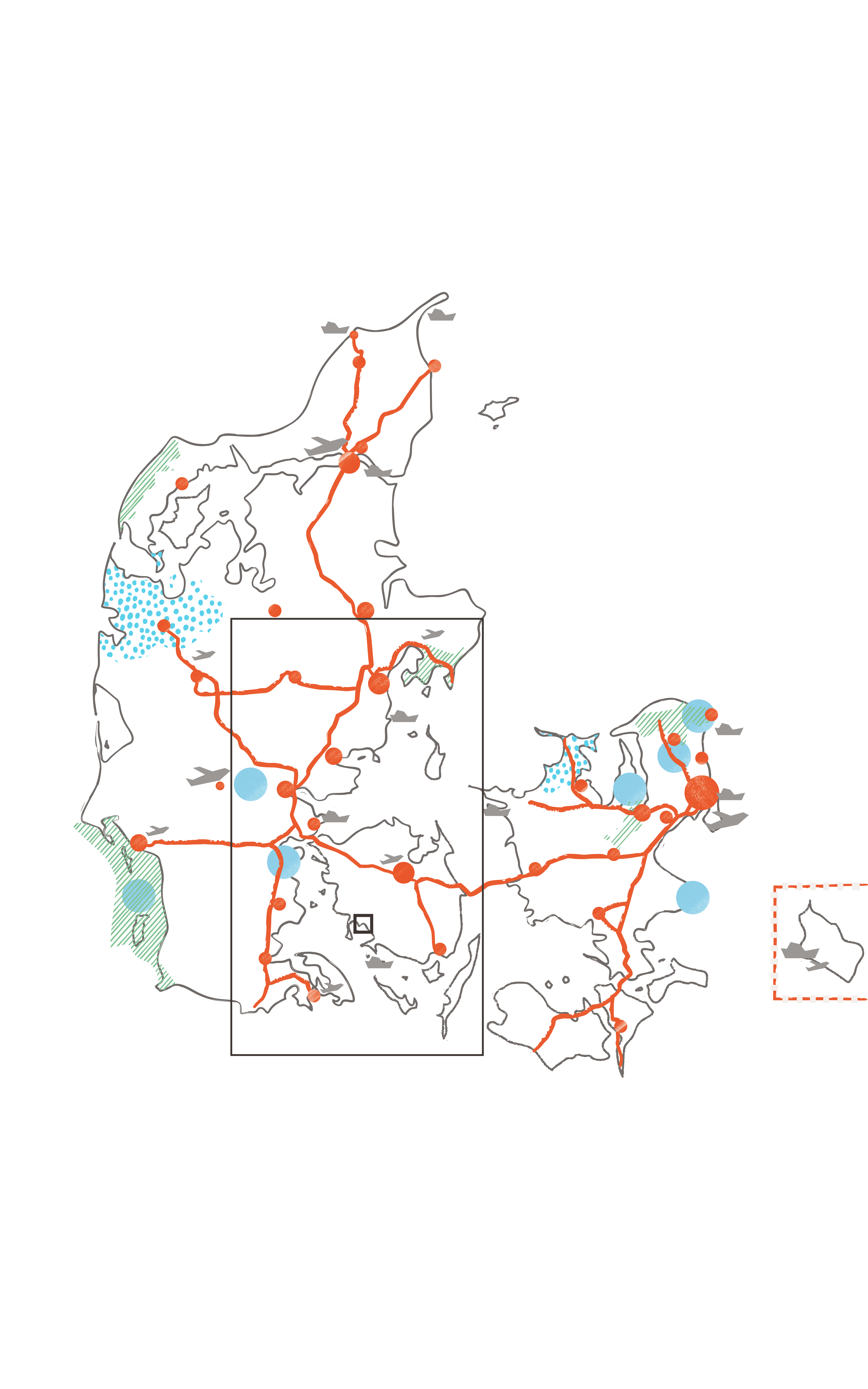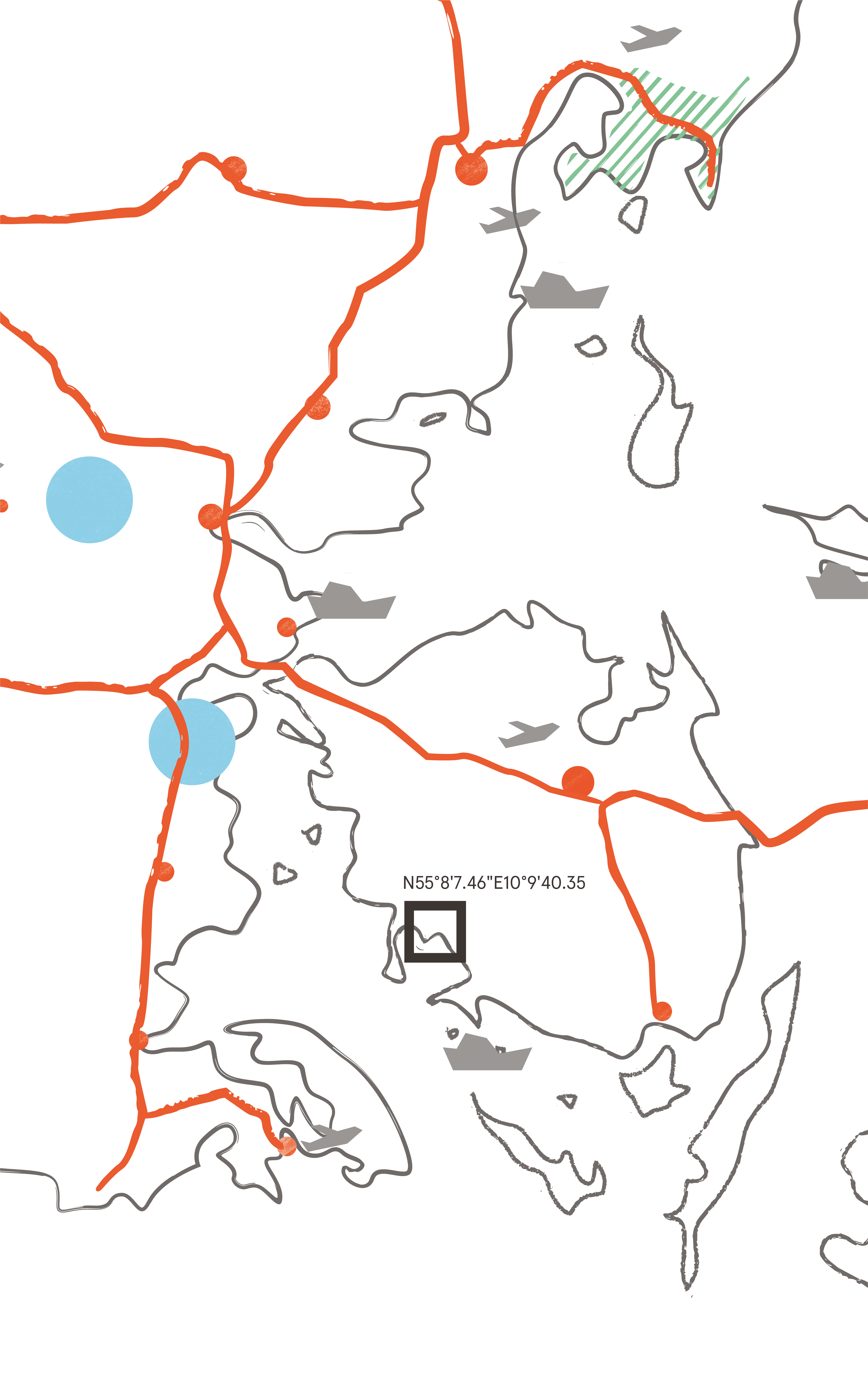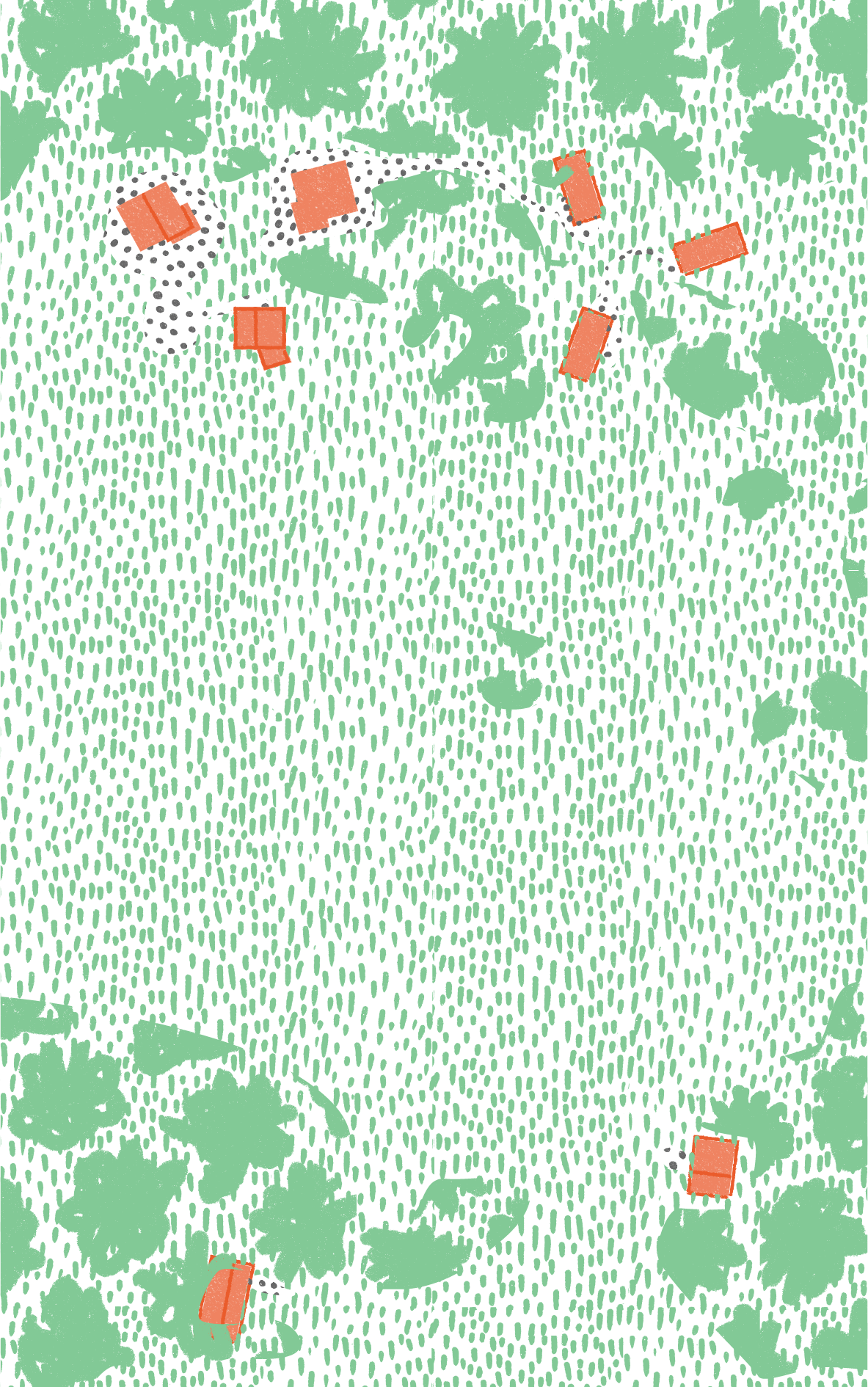Seven different shelters with a wood-fired sauna, toilet and shower, a campfire house and a small jetty, situated at Millinge Cliff overlooking Helnæs Bay.

Cities and towns

National parks

UNESCO sites

UNESCO global geoparks

Main roads

Airports

Cruise ports

Case

Infrastructure

Sand / Gravel

Grass

Trees / Forest



Blue support points
The southern part of Funen has a distinct landscape that attracts numerous visitors, and the number of cyclists, hikers and other outdoor people preferring simple kinds of camping has increased over the years. The shelters at Millinge Klint are part of a network of so-called 'blue support points' in the South Funen Archipelago. Here people can stay overnight and camp in small groups for what could be considered a symbolic fee. The shelters form part of a supportive infrastructure for outdoor-based tourism and make the local landscape more accessible for locals, school kids and nature enthusiasts.
Simple and unique
Located on top of a small cliff overlooking Helnæs Bay, the shelter camp sleeps 33 people and is divided into five different types of shelters forming a small village in the woods. One with accommodation on three floors, one with a viewing platform at the top, one containing a sauna and one with an outdoor kitchen. The small, simple timber constructions with black painted wood shingles do not look like traditional shelters. Like a family of different characters, the seven shelters have their own sculptural personality and maritime nickname. The monkfish, the horn fish, the stoner etc., are distinct but clearly belong to the same group. Simple but playful constructions make camping slightly more cheerful - especially for kids. From the cliff down to the water, there is a staircase with seating that overlooks the bay. Here, people can launch their kayaks and continue their exploration of the South Funen Archipelago.
Key facts
- Location
Millinge Klint (Millinge Cliff) at the island of Funen
- GPS points
N55° 8’7.46’’ E10° 9’40.35’’
- Protection Framework
Danish legislation
- Estimated number of visitors
- High season
- Low season
- Project Owner
Faaborg Midtfyn Municipality and Trente Mølle Nature School
- Designer
Concept design by Praksis Architects, Denmark, and final construction design by LUMO Architects, Denmark
- Year of construction
2015
- Materials
Timber construction with wood shingles
- Grants
 LUMO Architects
LUMO Architects